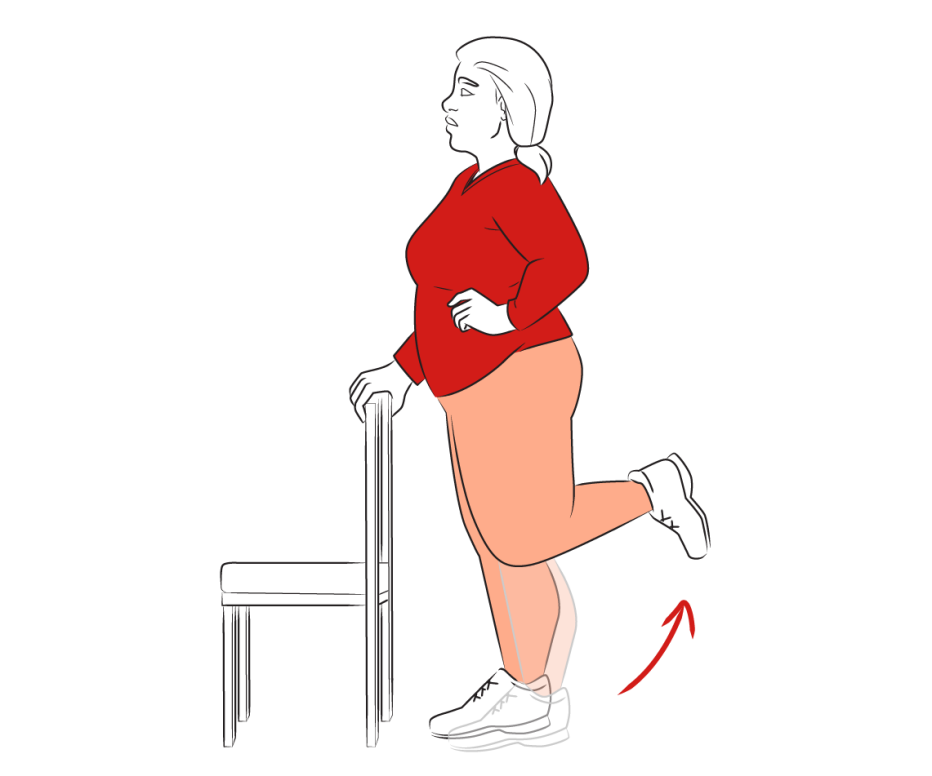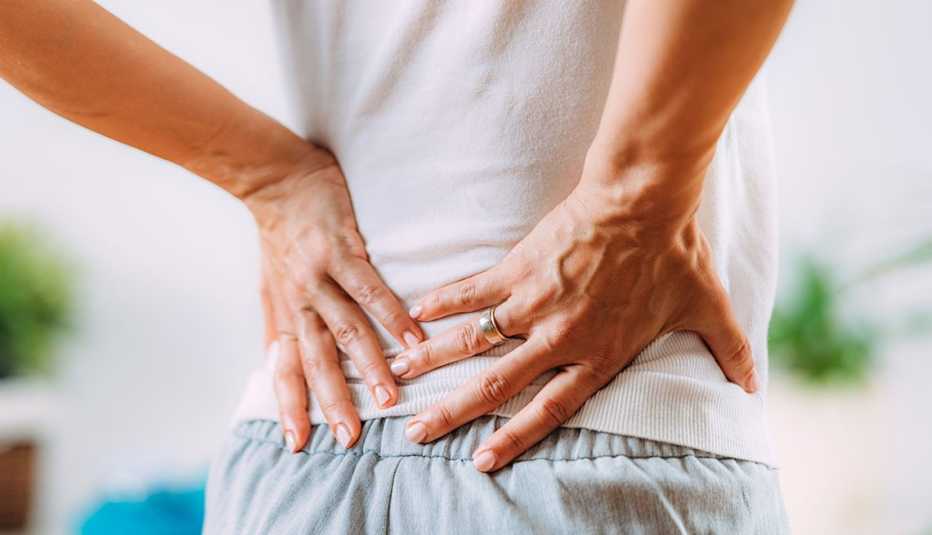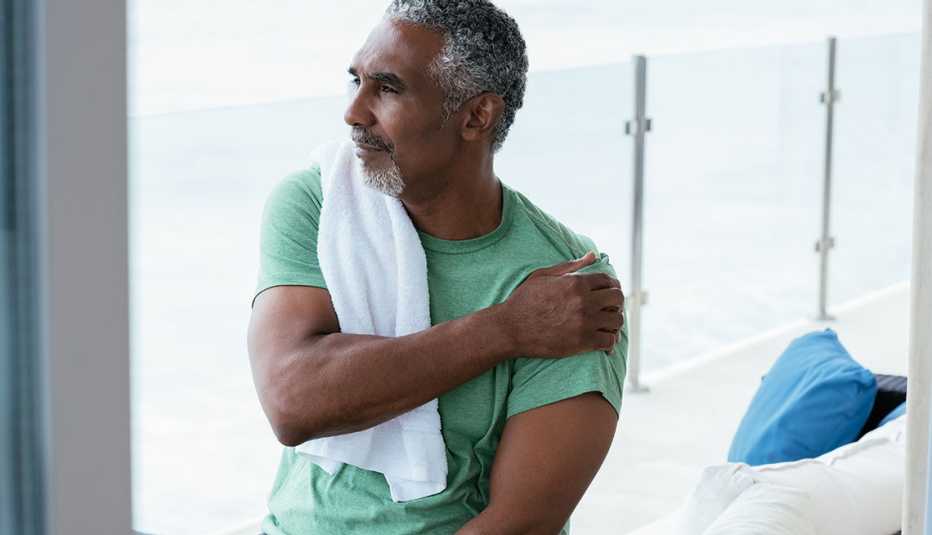AARP Hearing Center
Nancy Volkers tries to maintain an active lifestyle. The 53-year-old, from Westford, Vermont, plays soccer once a week, hikes and, until a couple of years ago, ran 3 to 4 miles regularly. Then knee pain forced her to stop running.
So, she’s adjusted her exercise routine, doing cardio and strength training videos, and adding yoga to the mix. “I figure if I build up the muscles around it, then that will be kinder to it, and it does seem to have helped,” Volkers says. She also wears a knee brace while playing soccer and ices her knee afterward. If the pain persists, she says she will take up her physician’s offer to refer her for physical therapy.
Common symptoms, causes of knee pain
Volkers is not alone.
Most people experience knee pain at some time in their life, says Bruce Stewart, M.D., an orthopedic surgeon with Shoreline Orthopaedics in Holland, Michigan. Common causes include injuries and osteoarthritis (inflammation of the joint) as well as meniscal tears. These are ruptures in part of the knee resulting from a twisting motion.
The symptoms of knee arthritis increase with age starting at 45, says physical therapist Kari Orlandi, director of outpatient operations for the Cleveland Clinic’s Rehabilitation and Sports Therapy, east region. Several variables contribute: being overweight, having a family history of arthritis, injuries and just general wear and tear on the joints associated with aging.
Some knee pain will go away on its own within a few weeks with a reduction in activity level, Stewart says. “But if it doesn’t get better, then it may be something to get checked out.” Seeing a primary care provider, an orthopedic surgeon, a physiatrist (physical medicine and rehabilitation specialist) or a sports medicine physician is a good first step. Treatments will depend on the cause of the pain, but most knee pain will respond well to physical therapy and a home exercise program, he says.












































































